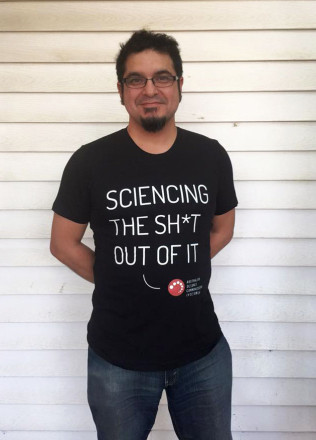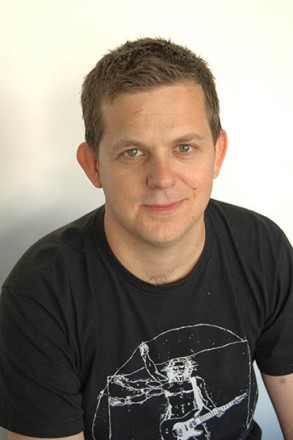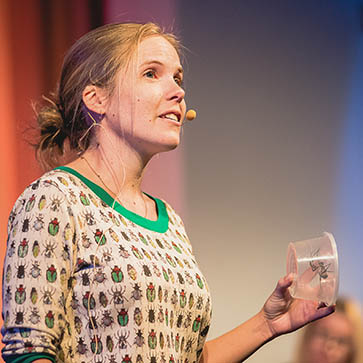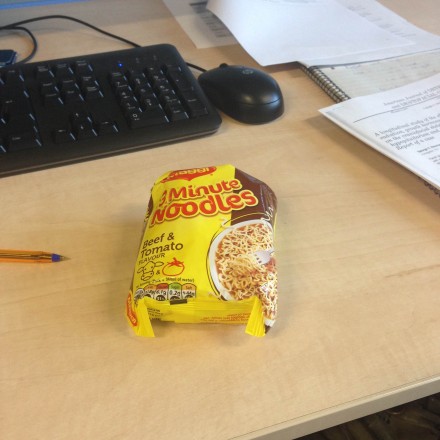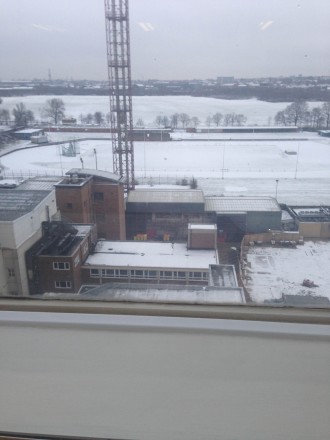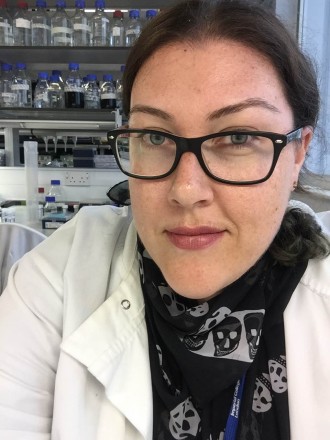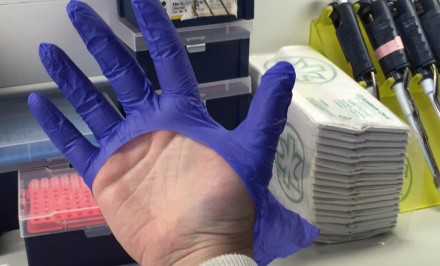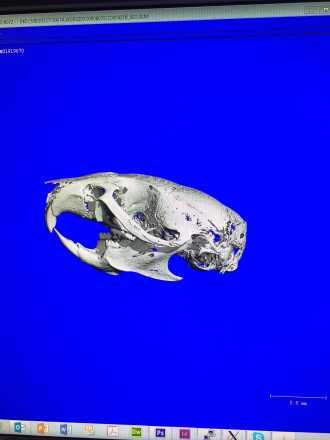Come join ASC Victoria for our last hurrah of 2015 as we celebrate with our AGM followed by some of the best science stories of the year at the Laborastory.
The Laborastory brings together five scientists from different fields to tell the remarkable stories of the heroes of their field. Each story is just ten short minutes. They tell the tales of the tragedies and triumphs of the men and women who made science their passion, and left legacies of ground-breaking discoveries that inspire the scientists of today.
We have three tables reserved for ASC members to dine together, have a chat and then enjoy The Laborastory’s “Best of” end of year wrap up. This is your opportunity to hear what the ASC has planned for 2016, or to put your hand up for a role on the committee (further information about the AGM below).
No doubt these tickets will be in hot demand, to secure your ticket and spot on the table and have your say on the direction of the ASC for 2016 RSVP to George Aranda george.aranda@deakin.edu.au.
Where: The Spotted Mallard. 314 Sydney Rd, Brunswick http://thelaborastory.com/
When: Wednesday December 2nd , 2015
Time: The AGM will kick off just after 6pm
What: ASC members who attend the AGM get FREE entry into Laborastory and we will shout you a drink.
Need some inspiration? You can catch up on all Laborastories on YouTube before the event.
Victorian Branch AGM – Further Information
Only paid up ASC members can participate in the formal business parts of the evening, including electing Branch Committee. If you can’t make it on the night do send along a proxy so your voice is heard.
Meeting Agenda
· Confirm minutes from 2014 AGM
· President’s report (George Aranda)
· Treasurer’s report (Anneliese Gillard)
· Nominations for 2016 committee
· Other business
Branch Committee Positions
· President
· Representative on ASC National Executive
· Secretary
· Treasurer
· Ordinary Committee Members
Nominating for committee positions
Nominations for committee positions are open. Self-nominations are acceptable.
The current Committee encourages new applications from ASC members who would like to get involved in shaping and leading activities and events.
Nominations for Branch Committee positions are encouraged in advance of the AGM (please send these to george.aranda@deakin.edu.au). Nominations will also be accepted at the AGM.
Any ASC member based in Victoria can stand for a branch committee position.
Voting by proxy at the AGM
If you cannot attend the AGM you may wish to nominate a proxy, prior to the AGM.
Note proxy nominations cannot be accepted at the AGM. We require them to be emailed to George by 12pm on Wednesday 2 Dec.
You can nominate any ASC member based in Victoria as your proxy, but you both need to be financial members of the ASC.
To nominate a proxy all you have to do george.aranda@deakin.edu.au saying who you are, and which member you are giving your vote to, e.g.
Dear George,
I’d like to assign my proxy vote for the ASC Victorian AGM to Joe Bloggs.
Best wishes,
Jane Doe
Toni
(ASC Vic – Secretary)

